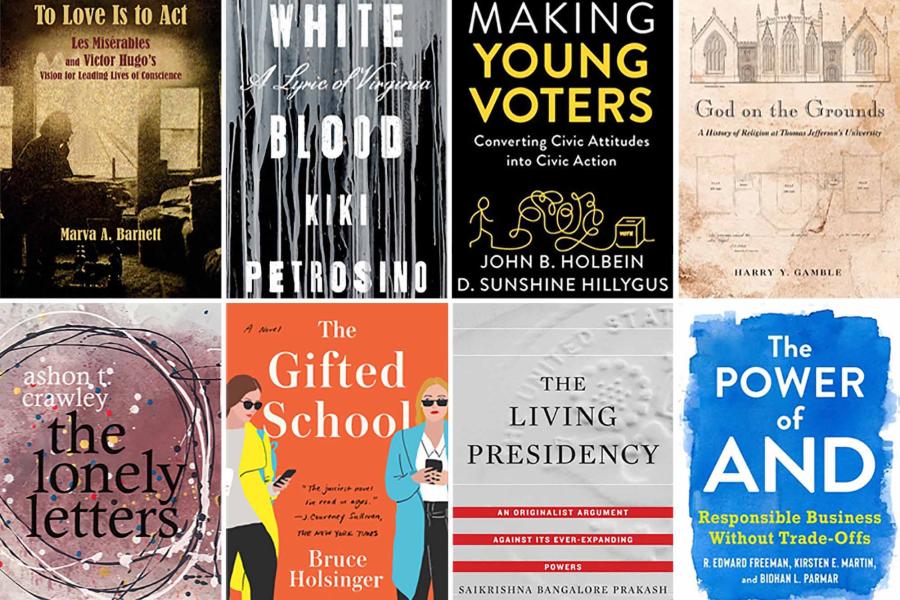As the current pandemic has put stress on our home lives, so it has put pressure on our sense of “home,” inviting us to grapple with new and occasionally incongruous meanings. Here are just a few examples. Some of us have been hunkered down at home, protecting ourselves from exposure to infection. Compared to those deemed “essential,” to those without a place to go, and to those hospitalized with the virus, we are the lucky ones. Home is our refuge. At the same time, needless to say, being stuck at home may be terribly isolating – all the more so for people living alone. For workers who have lost jobs, being at home means loss of purpose as well as paycheck. For those suffering from mental illness, or even just garden-variety boredom and loneliness, four walls may begin to feel like a cage. For some, overcrowded quarters may only heighten the risk of infection. And for others, being locked down means confinement in a space of conflict and possible violence. Home may be rife with danger. Looked at through the lens of the current health crisis, home appears, more than ever, as both refuge and jail.
Other elements of home are revealed and reinvented under pressure from the pandemic. The challenges of child care and housekeeping, jobs often relegated to others for little or no pay, suddenly loom large for those once exempt and now under quarantine. When a man’s place is suddenly, perforce, in the home; when the female executive has to pick up a mop; then perhaps entrenched gender/class inequities are shaken (or at least exposed) just a little. As with racial disparities in health care, COVID-19 has made other social patterns harder to ignore. The typical residence houses a small number of people, often bi-generational and biologically tied. The virus, however, prefers a different kind of residence: one housing large numbers of people, unrelated by blood, of a similar age, and none of them children. It has turned the spotlight (though surely not searchingly enough) on two kinds of collective residences and their peculiarly vulnerable inmates: nursing homes and prisons. However different, both of these are versions of home – yet because they are similarly out of sight, we are prone to overlook them as such. Home is sometimes an institution.
Though racist xenophobia did not originate with what our president calls “the China virus,” some have taken advantage of the virus to inflame it. When increasing numbers of people are assaulted by demands to “go back where they came from,” and when ICE endeavors to deport international students, “home” threatens to devolve into a racialized notion of “homeland.” Invoked in this manner, “home” can actually be the driver of hate speech.
I would like to believe, however, that COVID-19 has also stretched and broadened our ideas and feelings about home in more positive ways. For one thing, it has deepened appreciation for various domestic arts (cooking, gardening, home repair). For another, by getting us out and about in our Charlottesville neighborhoods (walking, offering help, going to protests), it has fostered a sense of home not as isolated dwelling, but as broader community; if nothing else, the pandemic has proved how interconnected we are.
As our country tackles this crisis and looks to the future, the task facing us all will be to think beyond neighborhoods and national borders to a notion of home that encompasses the planet.










